Categories
Recent Posts
- Yaoundé: Defense Ministry says “Clear Alliance” between Boko Haram and criminals in recent attack
- Football: MTN Elite One resumes after boycott threats
- Biya’s election season stirs renewed anxiety in Southern Cameroons
- Revealed: Boko Haram fighters kill 20 Cameroonian troops
- Niger: military leader Tiani sworn in as president for five-year transition period
Archives
- March 2025
- February 2025
- January 2025
- December 2024
- November 2024
- October 2024
- September 2024
- August 2024
- July 2024
- June 2024
- May 2024
- April 2024
- March 2024
- February 2024
- January 2024
- December 2023
- November 2023
- October 2023
- September 2023
- August 2023
- July 2023
- June 2023
- May 2023
- April 2023
- March 2023
- February 2023
- January 2023
- December 2022
- November 2022
- October 2022
- September 2022
- August 2022
- July 2022
- June 2022
- May 2022
- April 2022
- March 2022
- February 2022
- January 2022
- December 2021
- November 2021
- October 2021
- September 2021
- August 2021
- July 2021
- June 2021
- May 2021
- April 2021
- March 2021
- February 2021
- January 2021
- December 2020
- November 2020
- October 2020
- September 2020
- August 2020
- July 2020
- June 2020
- May 2020
- April 2020
- March 2020
- February 2020
- January 2020
- December 2019
- November 2019
- October 2019
- September 2019
- August 2019
- July 2019
- June 2019
- May 2019
- April 2019
- March 2019
- February 2019
- January 2019
- December 2018
- November 2018
- October 2018
- September 2018
- August 2018
- July 2018
- June 2018
- May 2018
- April 2018
- March 2018
- February 2018
- January 2018
- December 2017
- November 2017
- October 2017
- September 2017
- August 2017
- July 2017
- June 2017
- May 2017
- April 2017
- March 2017
- February 2017
- January 2017
- December 2016
- November 2016
- October 2016
- September 2016
- August 2016
- July 2016
- June 2016
Featured
Most Commented Posts
 4 Anglophone detainees killed in Yaounde
4 Anglophone detainees killed in Yaounde
18 comments Chantal Biya says she will return to Cameroon if General Ivo Yenwo, Martin Belinga Eboutou and Ferdinand Ngoh Ngoh are sacked
Chantal Biya says she will return to Cameroon if General Ivo Yenwo, Martin Belinga Eboutou and Ferdinand Ngoh Ngoh are sacked
13 comments The Anglophone Problem – When Facts don’t Lie
The Anglophone Problem – When Facts don’t Lie
12 comments Anglophone Nationalism: Barrister Eyambe says “hidden plans are at work”
Anglophone Nationalism: Barrister Eyambe says “hidden plans are at work”
12 comments Largest wave of arrest by BIR in Bamenda
Largest wave of arrest by BIR in Bamenda
10 comments
Latest Tweets
Featured
-

Yaoundé: Defense Ministry says “Clear Alliance” between Boko Haram and criminals in recent attack
-

Football: MTN Elite One resumes after boycott threats
-
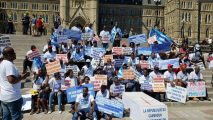
Biya’s election season stirs renewed anxiety in Southern Cameroons
-
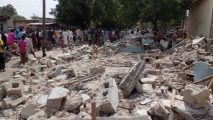
Revealed: Boko Haram fighters kill 20 Cameroonian troops
-
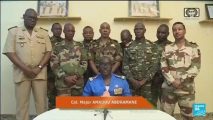
Niger: military leader Tiani sworn in as president for five-year transition period
-

Over 10 Cameroon gov’t soldiers killed, 20 injured in Boko Haram attack
-

1982-2025: How long will Biya hang on?
© Cameroon Concord News 2025

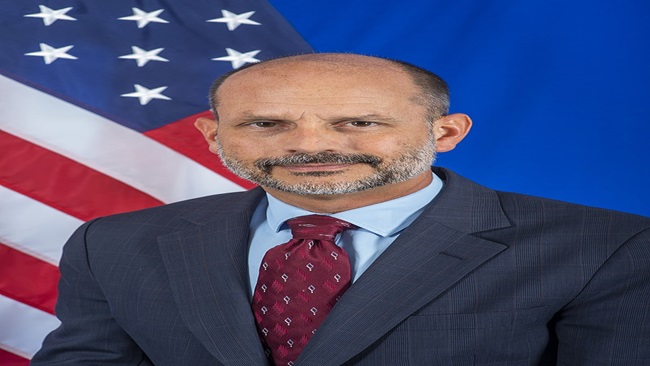
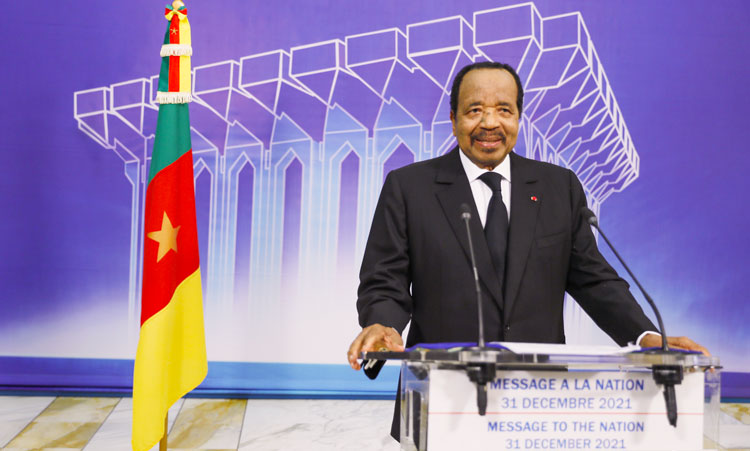
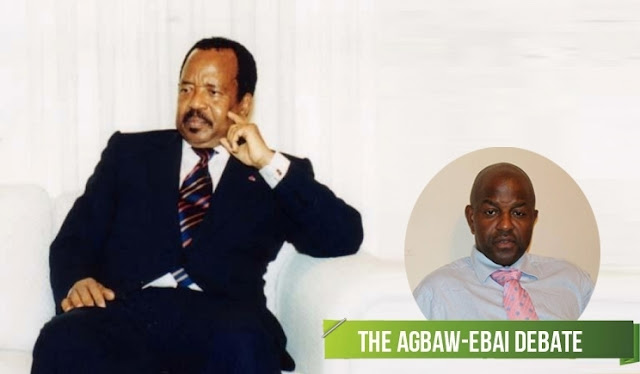
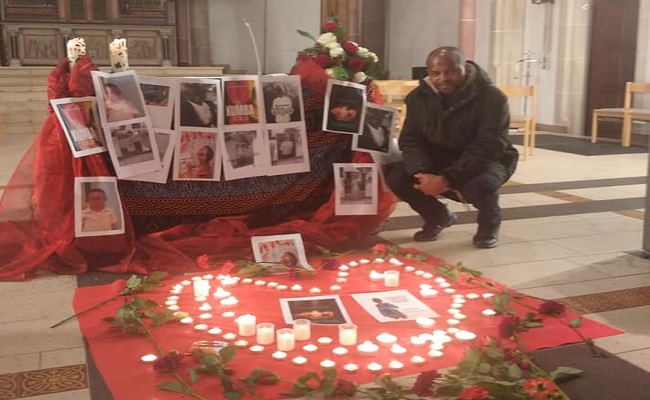
31, January 2023
Kinshasa: Poverty, but also rumba and resilience: Pope Francis starts long-awaited trip 0
Pope Francis on Tuesday is expected to land in the Democratic Republic of Congo, Africa’s largest predominantly Catholic country, for a landmark three-day visit.
Here are five things to know about this vast nation:
Mineral wealth, dire poverty
The DRC is awash with minerals and precious stones, from gold, diamonds and coltan to tin, copper and cobalt.
Harbouring the Congo River — the second-largest in Africa after the Nile — the DRC also has huge hydroelectric potential, as well as 80 million hectares (197 million acres) of arable land.
But decades of war and chronic mismanagement means that little of the country’s enormous wealth trickles down to the population of some 100 million people.
About two-thirds of the Congolese population survive on under $2.15 a day, according to the World Bank.
Ethnic mosaic
Occupying a vast area the size of continental western Europe, the DRC is about 80 times larger than its former colonial power, Belgium.
It is the second-largest state in Africa after Algeria.
Some 250 different ethnic groups live in the DRC, speaking hundreds of different languages.
French is the country’s official language, and local tongues Kikongo, Lingala, Tshiluba and Swahili are also officially recognised.
Despite its size and diversity — the former province of Katanga tried to secede in the 1960s — there is a fierce sense of national unity.
Troubled east
The DRC has been ravaged by brutal conflicts in recent decades. The first Congo war, between 1996-1997, resulted in the overthrow of dictator Mobutu Sese Seko.
The second Congo war, between 1998-2003, sucked in nine different countries, involved about 30 armed groups and caused millions of deaths according to some estimates. It also bankrupted the country.
Most of the DRC is now at peace, but its mineral-rich eastern provinces remain plagued by dozens of armed groups and civilian massacres are common.
Secular, religious
Secularism has been enshrined in the Congolese Constitution since 1974, which also recognises freedom of worship.
According to estimates, about 40 percent of the country is Catholic, 35 percent Protestants of various denominations, nine percent Muslims and 10 percent Kimbanguists — a Christian movement born in the Belgian Congo.
Official Vatican statistics put the proportion of Catholics in the DRC at 49 percent of the population.
Atheists are exceedingly rare in Congolese society, which remains deeply religious and influenced by the church. During the colonial period, education was entrusted to Catholic missionaries.
Rumba, survival
Congolese people are renowned for their sense of humour and resourcefulness in the face of trying conditions.
Many jokingly refer to “Article 15” of the constitution, which purports to instruct citizens to sort things out themselves.
Music also plays an outsize role in the country’s culture. UNESCO listed Congolese rumba as intangible cultural heritage of humanity in December 2021.
Congo is also famed for its so-called sapeurs — dandies known for their ultra-elegant clothing and sense of style.
Source: AFP